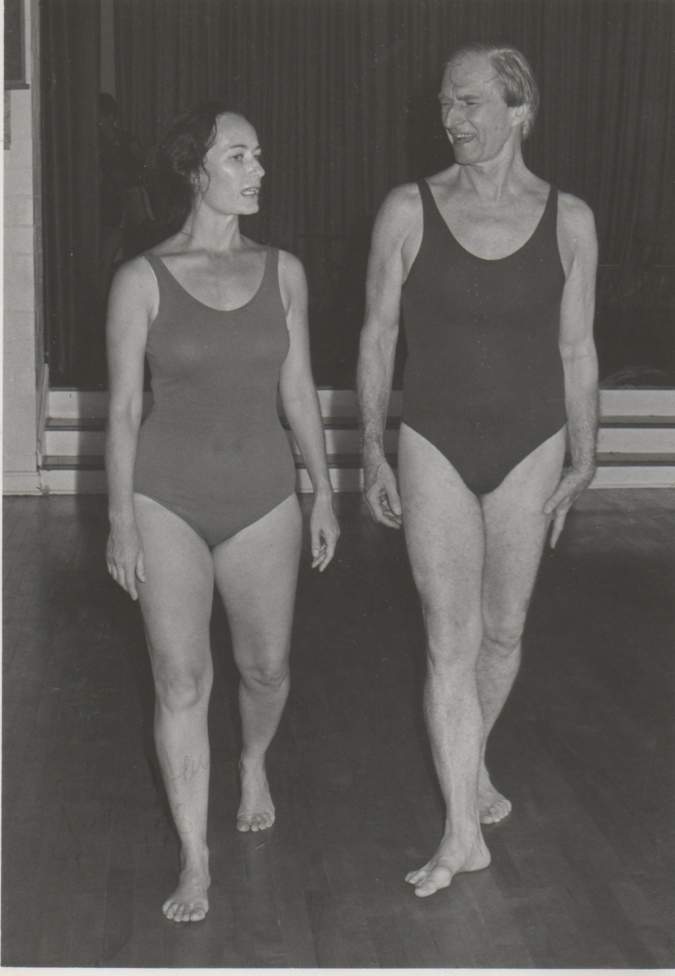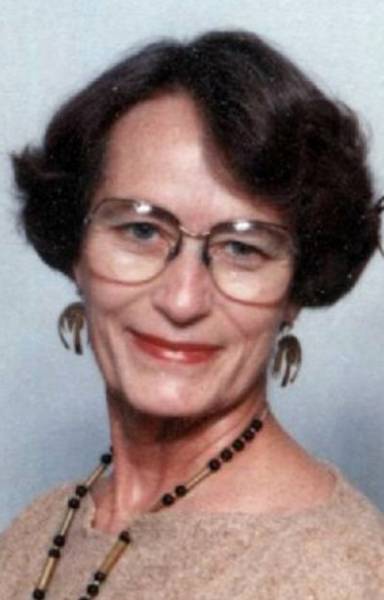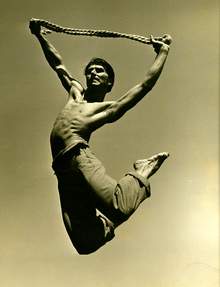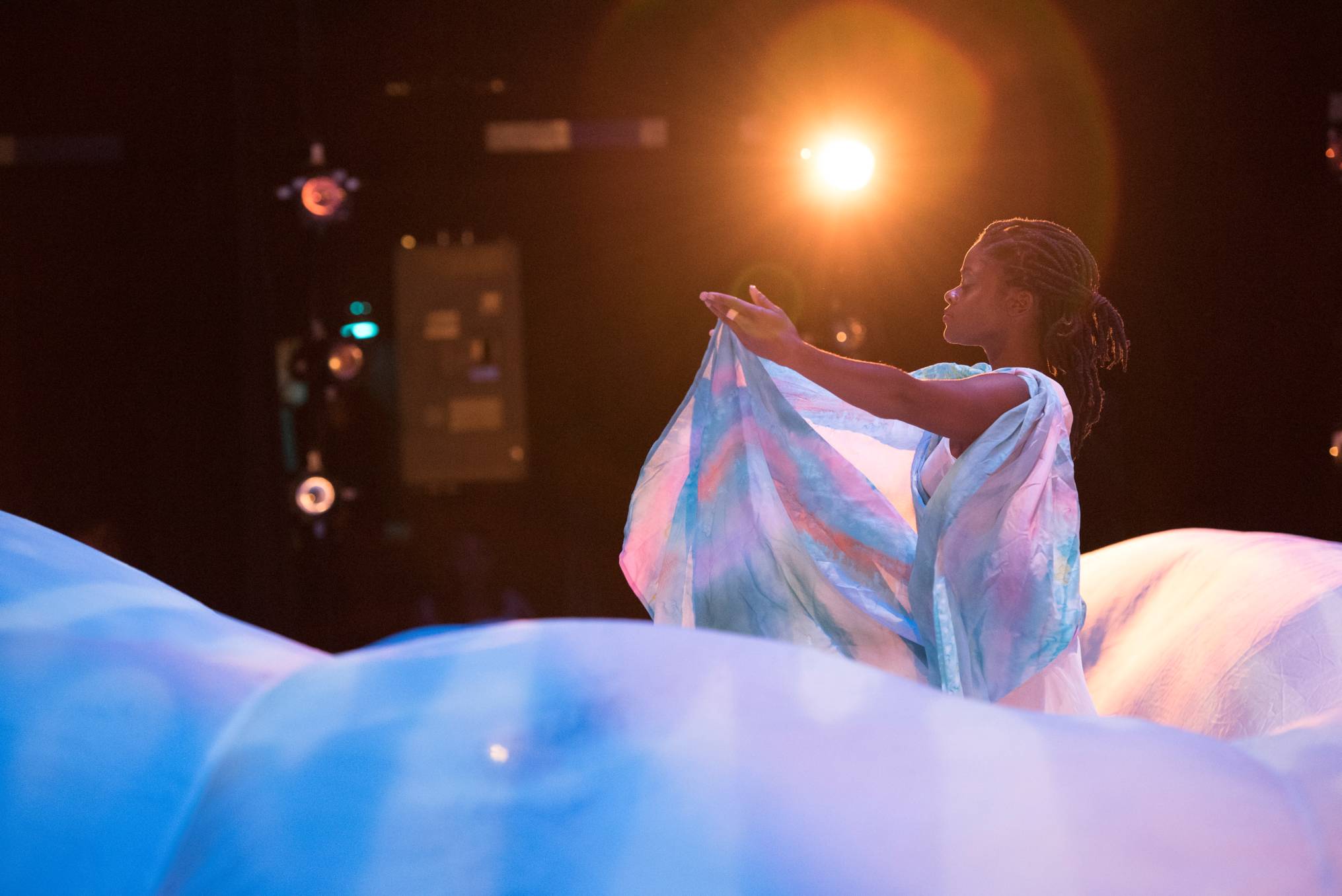History of Texas State Dance
Get to Know Us

The Dance Division at Texas State was founded and fostered by professor emeritus Dr. Joan Hays (Dance Division Director from 1973-2003). Dr. Hays decided to base the program in the aesthetic philosophies and technical principles of modern dance pioneer, Erick Hawkins. While we currently offer classes in a variety of dance practices and approaches to training, we are proud to be one of the very few institutions striving to promote and preserve Erick Hawkins’ technique, choreography, and aesthetic philosophy.
The Erick Hawkins technique values the human instrument as a vehicle for artistic expression that is in accord with the natural use of the body. The technique is scientifically solid in its knowledge and application of kinesiology (the study of the body in movement), as well as rhythmic virtuosity, and a dynamic awareness of free-flow energy. The technique promotes facile bodies that develop strong core strength, while learning to become aware of and release extraneous bodily tension that often prevents healthy alignment and proper execution of movement.
The Dance Division faculty believes that the technique provides a solid foundation for dancers, regardless of their stylistic preferences. The principles of the Hawkins technique are easily transferred to other dance styles, and are especially useful for future teachers who wish to train young dancers to use their body-instruments for a healthy, life-long enjoyment of dance. The Texas State modern dance faculty has extensive training and experience with Hawkins’ work.
Dr. Joan Francis Hays

Dr. Joan Francis Hays, 81, passed away on April 4, 2020 in New Braunfels, TX.
Born in Grand Junction, CO, Joan was the daughter of Elberta and Murl Francis. She graduated from Grand Junction High School, and went on to earn a B.S in Dance at The University of Utah, a M.S. in Dance at the University of Wisconsin, and her Doctorate in Physical Education at the University of Texas at Austin.
Dr. Hays taught at Central Michigan University from 1961-63, the University of Wisconsin from 1963-64, and at Southwest Texas State University/Texas State University from 1964-2003. She was named Distinguished Professor of Dance Emeritus in 2007 in recognition of her exemplary dedication to the development and growth of the Dance Program at Texas State, and her extraordinary service to the University.
During her 39 years at Texas State, Dr. Hays developed the Dance Program, achieved Texas Education Agency certification, and prepared 18 courses, many of which are still taught today. She was the chair or member of 69 committees, including serving as Chair of the Faculty Senate from 1999-2001. In 1998 Dr. Hays obtained approval for a Bachelor of Science Degree with a Dance Major. Mentoring more than 2,000 undergraduate students she earned the affection and respect of students, and colleagues, many of whom she mentored in pedagogy and research.
A strong advocate of the Erick Hawkins Dance Technique, Dr. Hays was awarded a $14,000 National Dance Association Touring Grant for his dance company in 1978. Her book, Modern Dance: a biomechanical approach to teaching, was sanctioned by Mr. Hawkins, and continues in use today. Her prolific scholarly and creative efforts led to her being named a Presidential Seminar Honoree in March of 1983.
Between 1965 and 2002, Dr. Hays presented over 37 invited papers and lectures, and choreographed and/or performed in over 100 dances. Her brilliance as an educator was noted with four Faculty Senate Teaching Awards. As a long-time member of the Texas Association for Health, Physical Education, Recreation, and Dance (TAHPERD) Joan was named a TAHPERD Scholar for 1986-87, College Dance Educator of the Year in 1995, and was the Inaugural Recipient of the Dance Heritage Award in 2012. She was also named to the Hall of Fame for the Texas Dance Educators Association in 2002.
Erick Hawkins

Erick Hawkins (1909-1994) was a leading American modern-dance choreographer and dancer.
Born in Trinidad, CO, he majored in Greek civilization at Harvard University, graduating in 1930. A performance by the German dancers Harald Kreutzberg and Yvonne Georgi so impressed him that he went to Austria to study dance with the former. Later, he studied at the School of American Ballet. Soon he was dancing with George Balanchine's American Ballet. In 1937, he choreographed his first dance, Show Piece, which was performed by Ballet Caravan. The next year, Hawkins was the first man to dance with the company of the famous modern dancer and choreographer Martha Graham. The following year, he officially joined her troupe, dancing male lead in a number of her works, including Appalachian Spring in 1944. The two were married in 1948. He left her troupe in 1951 to found his own, and they divorced in 1954. Not long afterwards, he met and began collaborating with the experimental composer Lucia Dlugoszewski. They remained together for the rest of his life.
After leaving the Graham Company, Hawkins' work developed in a unique and different direction. Hawkins moved towards an aesthetic vision detached from realistic psychology, plot, social or political agenda, or simple musical analogue. Important influences were the dances of the American Indians, Japanese aesthetics, Zen thinking, as well as the Greek classics. In some ways, he took dance in a similar direction that “abstract” painters were taking art, though he disliked the word “abstract.” This was coupled with a redefinition of dance technique according to newly understood principles of kinesiology, creating a bridge to later somatic studies. Hawkins' famous statement was “The body is a clear place.”
Hawkins championed contemporary composers, and insisted on performing to live music. The Erick Hawkins Dance Company toured with the Hawkins Theatre Orchestra, an ensemble of seven or more instrumentalists plus conductor. In addition to Lucia Dlugoszewski, his collaborators included composers Virgil Thompson, Alan Hohvaness, Lou Harrison, Henry Cowell, Dorrance Stalvey, Toru Takemitsu; visual artists Isamu Noguchi, Ralph Dorazio, Helen Frankenthaler, Robert Motherwell. On October 14, 1994, one month before he died, he was presented with the National Medal of Arts by President Clinton.
